EPISODE 184 DISAPPEARING FARMS



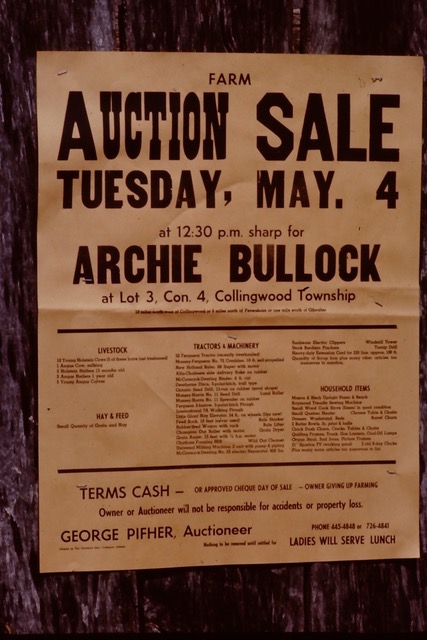
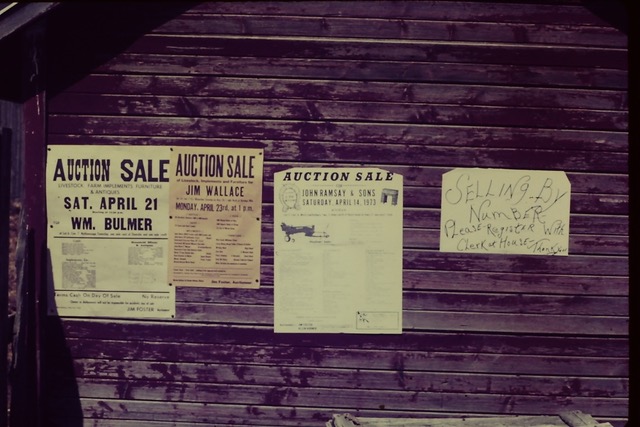


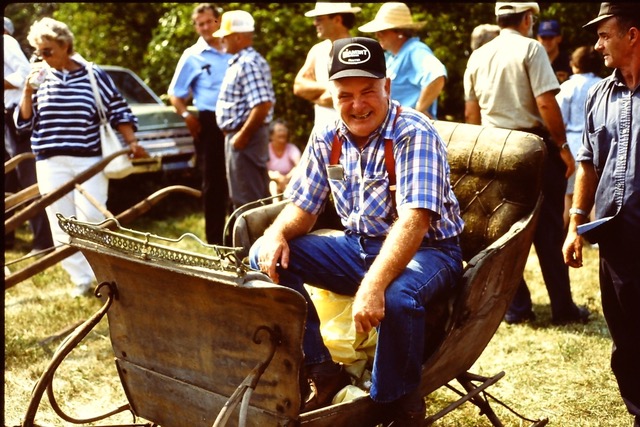





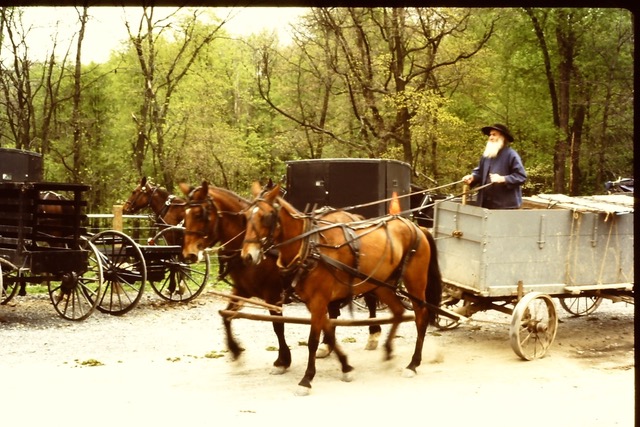
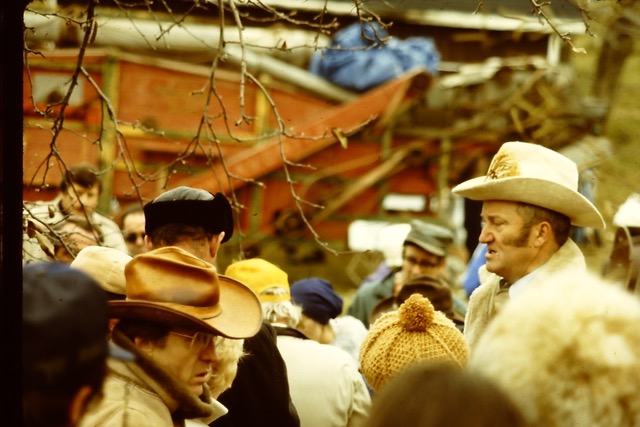
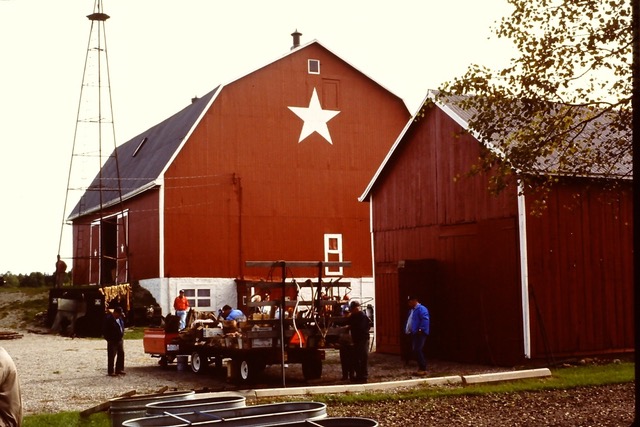

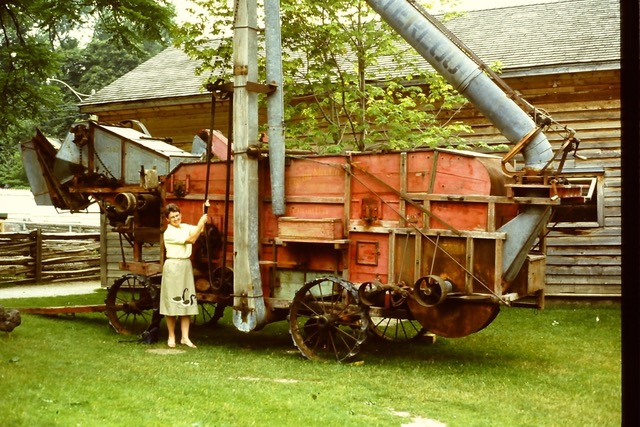

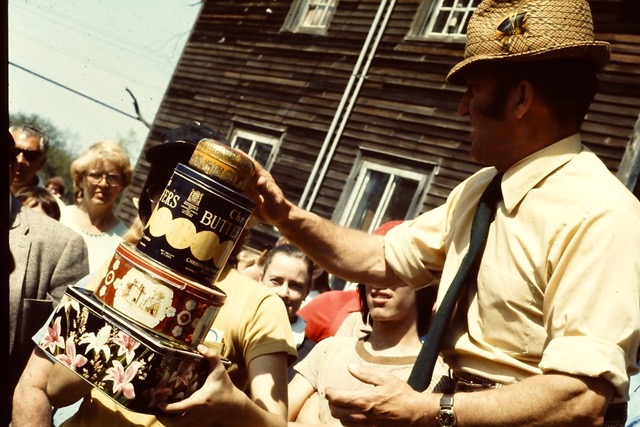


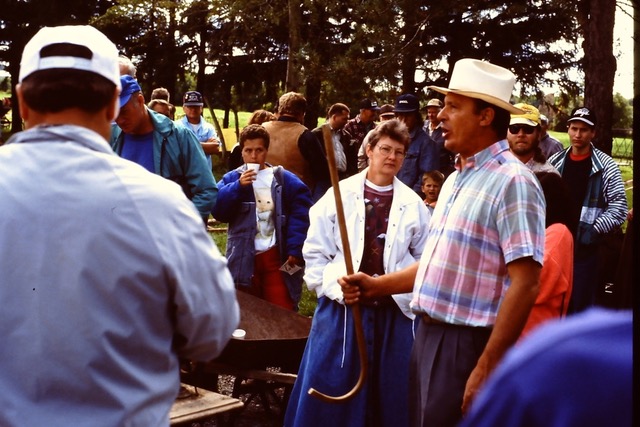
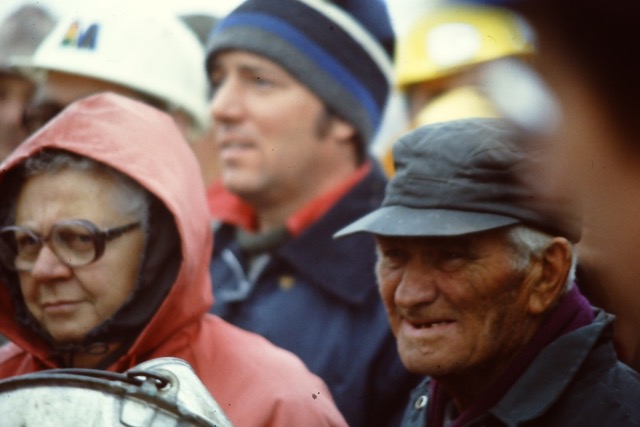
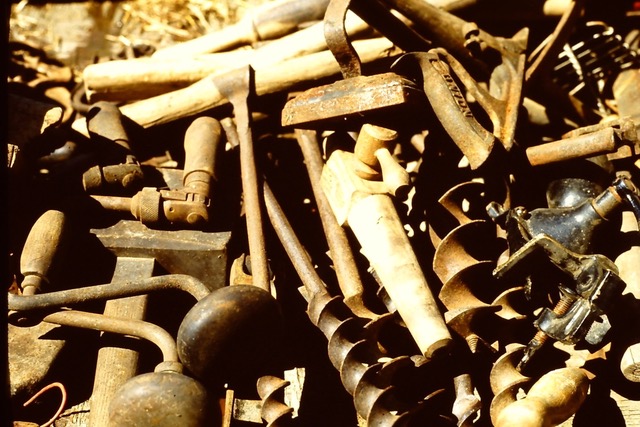
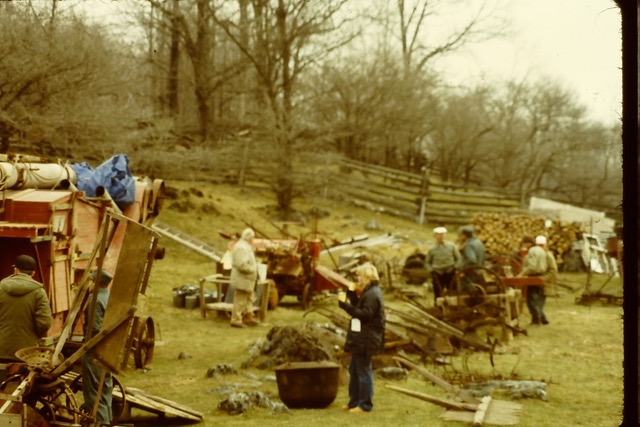

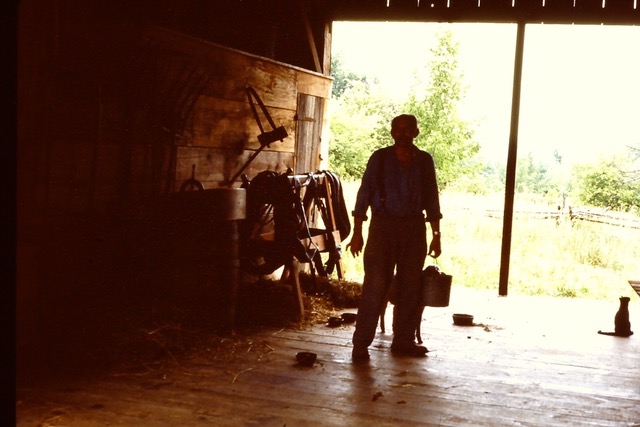

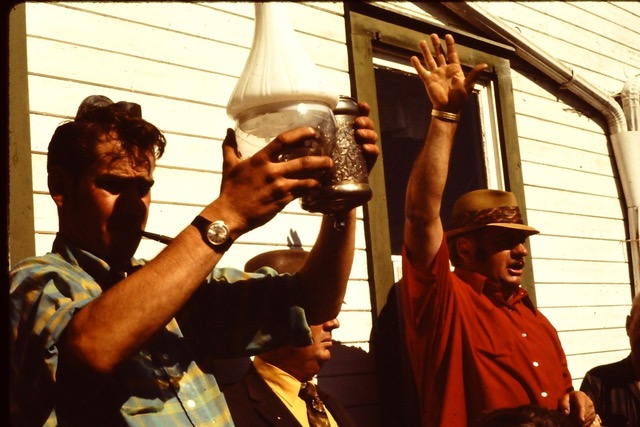

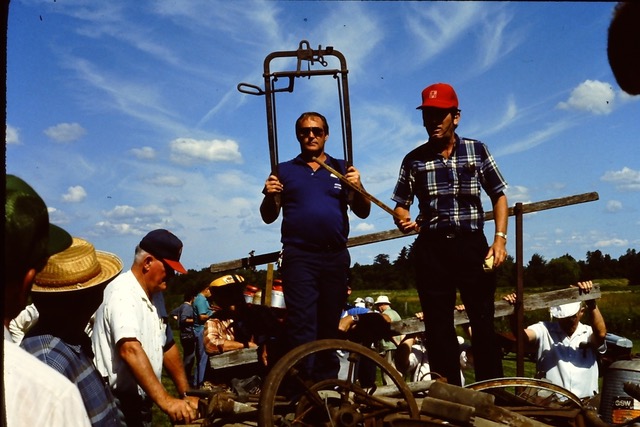
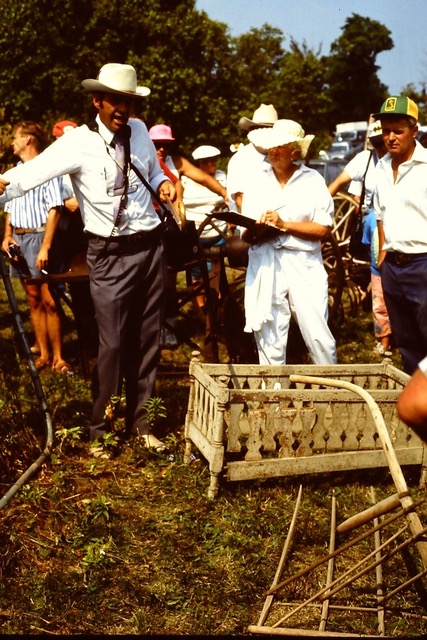



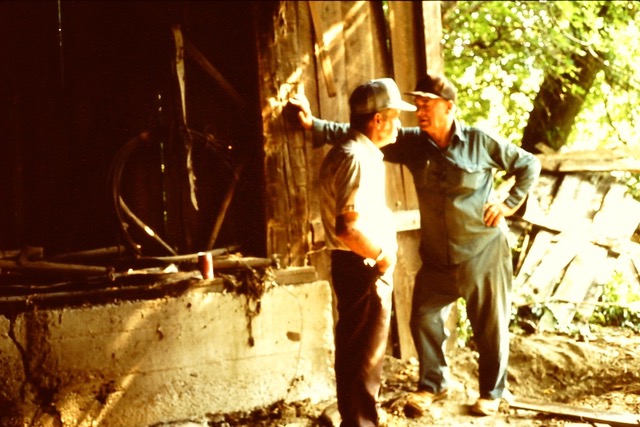


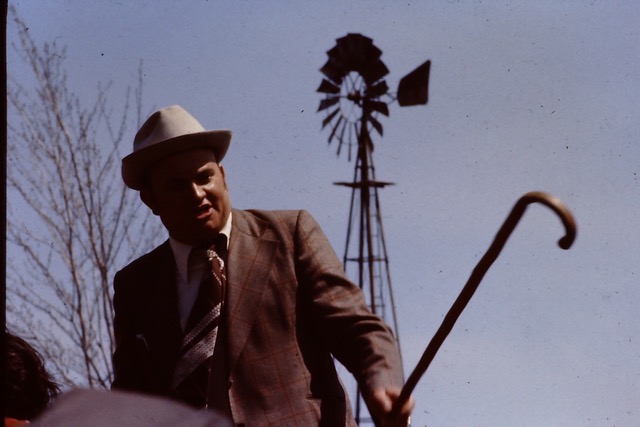
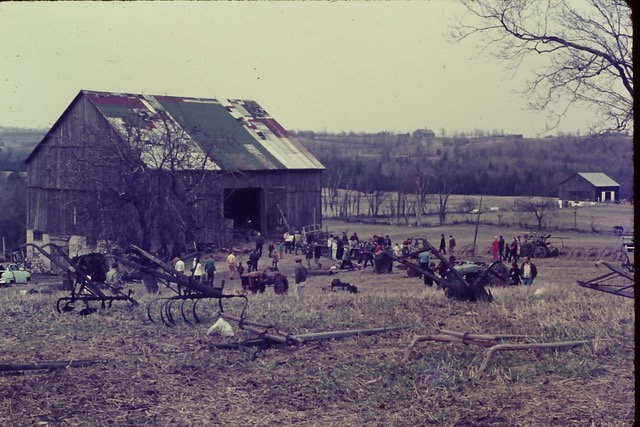
alan skeoch
Dec. , 2020
THIS is a story about the pace of change in our society between 1950 and 2020.
Keep this point in mind as you peruse and remember the point for the next episode: ONLY 12% OF CANADA IS
SUITABLE FOR AGRICULTURE. ONLY 12%!


FARM AUCTION ABOUT 1975 OR SO: Look above the heads the crowd. That’s Marjorie with the kids
sitting on the milk parlour roof with our great Coonhound Tara.

AT A FARM AUCTION…One summer afternoon, August 24, our anniversary…I bought marjorie a coonskin coat and myself a bearskin coat.
Granted the coats were out of season. They were also a little worse for wear…that’s why my bid was the only bid that day.
ACCELERATING PACE: FARM AUCTIONS 1950 TO 2020
As fortune would have it, we became adults in the 1950’s just when North American agriculture was being revolutionized. Corporate
agriculture grew and grew through the last half of the 20th century. Small, 100 acre family farms in Ontario began to disappear at
an accelerating rate. In the 1960’s, 1970’s, 1980’s there were so many farm auctions that specialized newspapers such as
the Woodbridge Advertiser could make a living just listing the auction sales. Impossible to go to all the auctions. Basically, Ontario’s
rural heritage was on the auction block booth weekdays and week ends. One of the sad features of these farm auctions was the
fire pits where things considered irrelevant or not saleable or too personal were simply burned. Things unsold at auction were
dealt with the same way. One farm auction last year put all the old family pictures on the block. I bought them all then the
family asked that I not write about the pictures. Odd. How did they know I was a writer? I never knew the people. So
I guess word spread about our rescue efforts. Why would people sell off their family pictures? “The children are not interested.”
…an answer we heard all too often. Children change…they grow up…and then they get interested often too late. The family farm
is gone and the records of the 20th century are ashes in many cases.



SOME RANDOM PICTURES THT TELL THE STORY













I bought six or seven of these threshing machines. Huge things. Beautiful things. We have two of them tucked away in our barn. Others
we donated to various museums. We even had a backyard auction with friends years and years ago . The purpose was to raise e $200
to buy a machine like the one Marjorie is holding. We got the money, bought the machine, donated the machine…and the next week
the storage barn caught fire and all was lost. It is hard to look after a machine like this Raccons like to live in threshing machines.






















These pictures are just a tiny cross section of the auctions we attended in the last 60 years…literally hundreds of auctions. There are 52 weeks in a year…about 40 or more
of those weeks we got up early headed west, north, east to a farm auction. Our kids, Andrew and Kevin, were with us as were the various dogs we shared our house with
over the past 60 years. So what is 40 x 60? The total is 2,400 auction sales. Hard to believe? Truth! We witnessed a revolutionary change in Ontario society.
The number of auctions shocks me. The bigger shock was the change in our society.
We filled our truck and trailer with things nobody seemed to want. Jewels to us.
On one of these farm auctions…the Root Family Farm near Ospringe…I borrowed a new movie camera and documented the day. i gave the film to my good
friend Robert Root. A family record. Bob and I were both high school teachers at Parkdale Collegiate Institute…a high school in the core of the city of Toronto. I made a big
mistake that day when I did not bid on one Bob’s family tractors. The price was reasonable in my mind…unreasonable to the Root family I imagine…i.e. $600 to $700.
Note to Bob Root: That film can be converted to digital…costs a bit but you will need it for future generations.
Future Episode: Bob Root and I were allowed to visit an abandoned farm…people just seemed to have walked away. Took what they
could carry and walked away. We were shocked.
alan skeoch
Dec. 2020
An Industry Leader
- Canada is the world’s largest producer and exporter of flaxseed, canola, pulses, durum wheat, peas, lentils, and mustard seeds
- The meat processing industry is Canada’s third largest manufacturing industry, ranking behind motor vehicles and petroleum products
- Canada is the world’s 2nd largest exporter of malting barley (used to brew beer)
- Canada’s is the world’s largest producer of blueberries
- Canada ranks #1 in the G7 for low food processing cost
- Canada produces 85% of the world’s maple syrup
- The US is Canada’s #1 food export destination
The Environment
- One tree can remove the same amount of carbon dioxide from the air that is emitted from a car driving 17,700 km
- 50,000 fewer gallons of water are needed to grow an acre of corn today, compared to 20 years ago
- Thanks to Canada’s conservation tillage practices, 12 billion kilograms of CO2 were prevented from entering the atmosphere in 2008
- GHGs from Canada’s dairy cows and manure management decreased 21% from 1990-2009
Dollars
- In 2008, Canadian agriculture generated more than $70 billion in economic activity
- The value of honey bees to Canadian agriculture is over $1 billion
- The cattle industry contributes approximately $24.6 billion to the Canadian economy
- Sales of milk and dairy products contribute $10 billion to the Canadian economy
- In 2011, Canadian dairy genetics exports were valued at $120M
- Grains create $9B in economic output for Canada
- In 2009, Canadian farmers exceeded $1B with a total economic impact of over $3B
- Beef industry contributes almost $25B to the Canadian economy annually
Growth & Demand
- Canada is the world’s 5th largest exporter of agricultural products
- World food demand will increase 70% by 2050
- Since 2007, China’s import of Canadian vegetable oil has increased by 300%
- Within the last 6 years, Canada’s exports to Russia alone have increased by 430%
- A farmer in 1900 produced enough food for 10 people. Today’s farmer feeds over 120 people
- 3% of Canada’s population is employed in industrial farmer – they are able to feed a population of over 30 million and export to foreign markets
